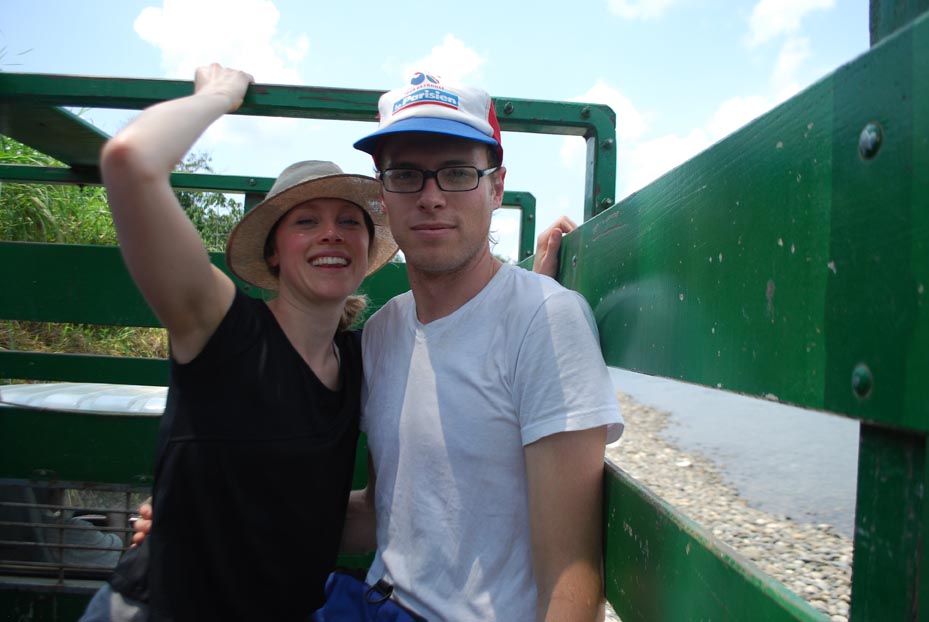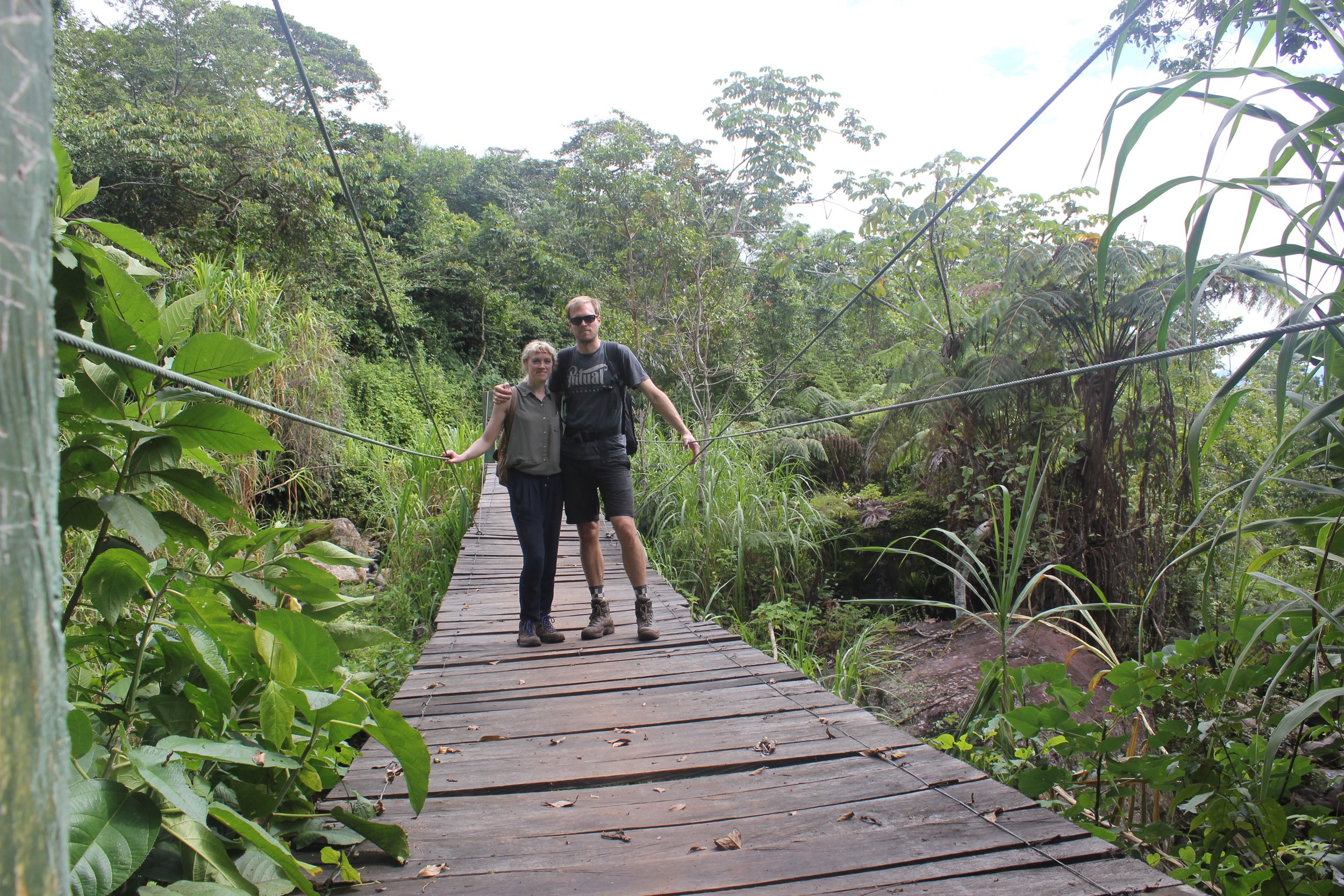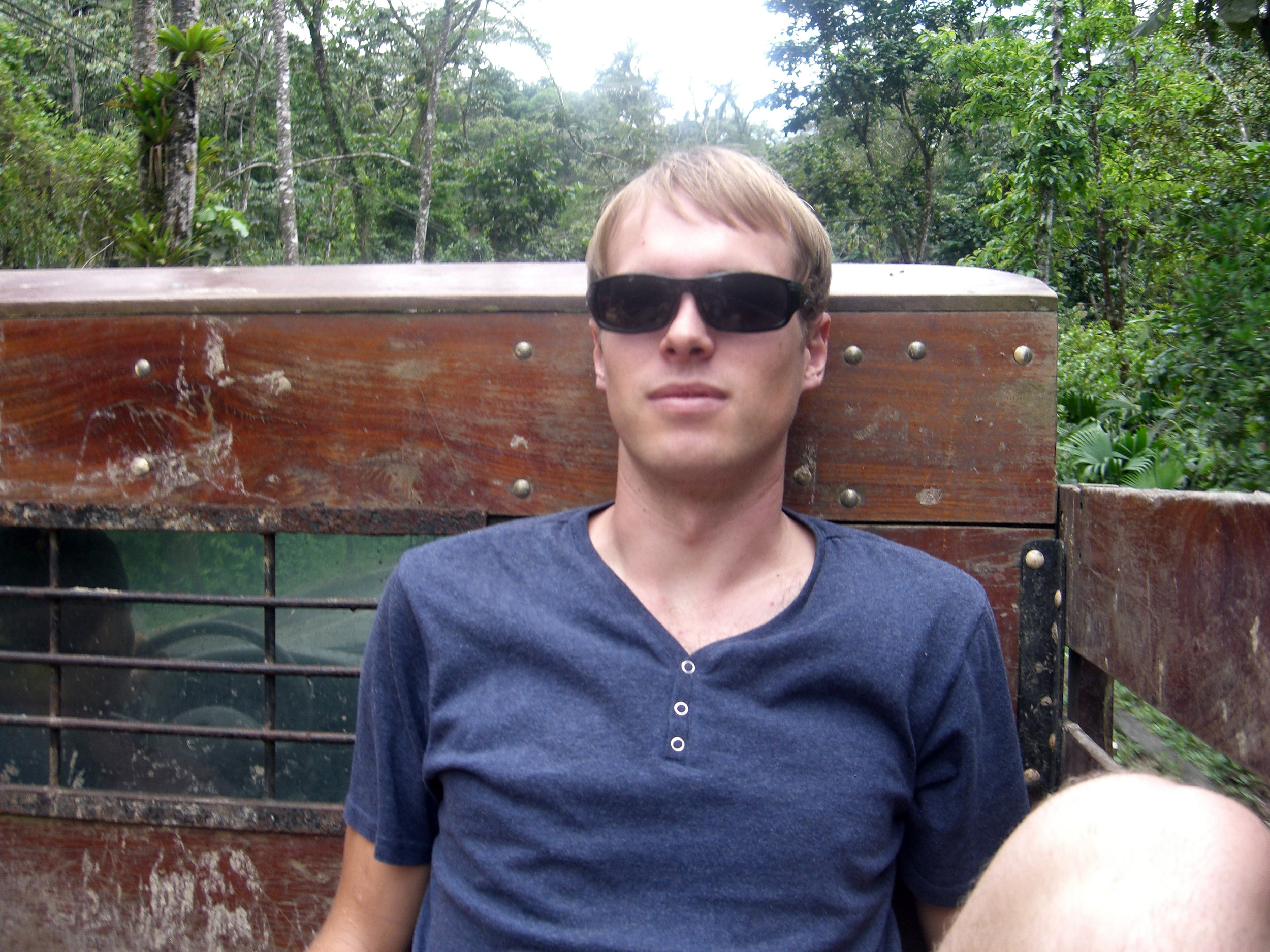For anyone who has followed our chocolate journey, you’ve probably noticed that we’re also obsessed with riding bikes. While there has never been any strategic intention to share our love of cycling, it occasionally sneaks through the cracks because it’s just who we are. We love cacao, we love chocolate, we love machines, we love nature, and we love to ride our bikes.
When I say “we love cycling”, I mean myself (Robbie, co-founder), Anna (co-founder) and many of our employees at Ritual Chocolate. When I first met Anna back in 2008, she had just bought her first-ever bike (and that’s also how I got her number); and little did she know how much she would fall in love with the activity. Michael, our cafe manager, is still relatively new to cycling, but he loves it fanatically. Sofia, our administrative manager, not only loves to ride her bike, she is currently riding as a professional for the Stans-Pivot Pro Team. As for myself, my love of riding bikes hasn’t changed much since I was about 6 years old. And it was while at a writing and editing job at the cycling magazine, VeloNews, that I fell in love with the concept of chocolate as an obsession as well as a profession (when coffee wasn’t enough, a bar of dark chocolate would help me meet my deadlines!).
There are potentially more similarities between chocolate and bicycles than you might imagine. For one, chocolate for eating (rather than drinking) as we know it today, and the bicycle really began to take shape in the mid 1800s in Europe. As much harm as the industrial revolution brought to the environment, it also gave us the welded steel bicycle, and many of the chocolate machine designs that we still use today. Since the 1880s, the basic bicycle concept of a front triangle and rear triangle hasn’t changed (at least not in an industry-standard sort of way). And at Ritual Chocolate, our methods of using a nib-grinding mill, a stone melangeur, a 3-roll mill and a longitudinal conche were also all in use by Lindt Chocolate in Switzerland in the mid 1880s (give or take some differences in engineering). So really it was the improvements to welding and steel technology during the 1800s that allowed for the evolution of chocolate manufacture as well as bicycle manufacture.
Not only did engineering advancements during the Industrial Revolution make modern day chocolate and bicycles possible, it was also the attitude of the of the 1800s. Whether it was in chemistry, physics, astronomy, geology, exploration and business, there was an attitude of “I don’t know how to do it yet, but I will find a way.” It wasn’t just the “can-do” attitude that led to great achievements, it was also the urge for adventure and conquering the unknown. And the types of adventure one set out on back then often had horrible, if not lethal outcomes. It’s hard to imagine nowadays, but ocean travel was not an easy feat prior to today’s navigational and weather forecasting technology. Most of the world’s chocolate was being made in Europe and all of the cacao was coming from Central and South America. I haven’t seen records, but I imagine there were more than a few shipwrecks that resulted in the loss of cacao as well as the loss of life. Before the modern bicycle design of two identical wheel sizes and a chain driven gear system, the popular bike was the “penny-farthing”, also known as that bike with the huge wheel in the front and little one in the back. Could you imagine trying to learn how to ride a bike for the first time at 6 feet in the air? It took a lot of courage to ride those things, especially at high speeds.
It is the same adventurous attitude into the unknown, which drove chocolate makers and cyclists in the 1800s, that still drives us today. It’s the act of taking a risk, surviving, sometimes failing, learning from mistakes, making improvements, and trying again. Thankfully, most of our adventures in chocolate don’t typically have deadly risks (although, some of our machines are certainly lethal if used improperly). And it’s also not that things are perfectly safe either. I wouldn’t call crossing old rickety bridges with missing planks, or riding in the back of cattle trucks (which we’ve had to do) safe, but they’re calculated risks. On the scale of risk, riding a bike is certainly pretty high. There is always the threat of death or maiming, but that’s what’s so rewarding about being proficient on a bike. You can descend down a mountain at 60 miles per hour with nothing but a helmet and a layer of fabric as protection and be (mostly) perfectly safe with the right preparation and skill. In chocolate, and in cycling, it’s the reward reaped from risk that makes it all worth it. It is this reward that motivates us every day to keep growing the business and barreling down a mountain on two wheels after a hard day's work.
The one thing that really ties together our seemingly scattered love affair with chocolate, business, biking and where we decided to make the home of Ritual Chocolate, is nature. With chocolate, we love that the flavors we’re able to package into a small chocolate bar are all thanks to evolution, selective breeding, fermentation and ethno-botanical relationships. Not only has nature created such amazing flavors, which make a lot of people happy, cacao is a crop that also makes nature happy. Of all the crops in the world that I’ve seen, cacao is one that stands out from the rest in its ability to support habitat. Cacao is a jungle-loving tree; it likes canopies, protection from wind, healthy insect populations and undisturbed, messy, organic, thriving forest floors. Some of the highest yielding cacao plantations I’ve seen have been the ones that most resemble an actual rainforest—and this is something that we love about chocolate. As a business, we depend on healthy cacao origins, whether they are single plantations or cooperatives. When it comes to reducing our waste, we aren’t perfect, but zero waste, or close to it, is a goal we have set for ourselves. The challenge itself is exciting and re-invigorating. And when it comes to biking, it’s not all about the act of pedaling and the adrenaline rush, for me it’s more about getting out in nature and experiencing it on two wheels (that’s why I can’t get myself to ride an indoor trainer—it’s missing the most important ingredient). And lastly, it’s nature that brought our business from the metropolitan city of Denver to the mountains of Park City, Utah. In 2013 we had a 10-year lease in front of us for a building in Denver—it was the act of thinking ahead 10 years that really put things into perspective for us. We realized that immediate access to the outdoors (no car needed) was perhaps the most important ingredient for everyday happiness. We also realized that, life is short, so the time to do the things that make you happy is right now.
So, now you have a taste for what inspires us to make chocolate, live in the mountains, and ride our bikes often.
Thank you for reading,
Robbie Stout
Co-Founder













